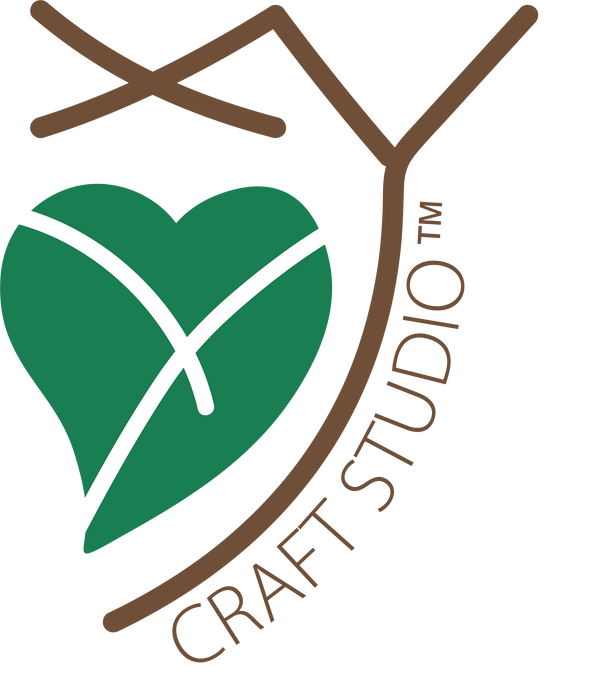New to Crochet? Five Things to Get You Started
Nora XuCrochet Beginner’s Guide 1
With centuries of history, crochet is a fun and versatile craft. To get started, you need only two essential items (yarn and a crochet hook) and three accessories (stitch markers, a yarn needle, and scissors).

Yarn
In my experience, medium-weight, soft yarn in a solid, light color is often easiest to use for new crocheters.
All yarn is said to have a weight, which refers to the thickness of the yarn. For beginners, a size 4 (called “medium” or “worsted”) or size 5 (called “bulky” or “chunky”) yarn is a good option to start with. Yarn that is too thin or too thick can be challenging for first timers; this yarn might make it hard to maintain tension while crocheting.
Also, I recommend choosing solid, light-color yarn, which makes seeing stitches easier compared to variegated or dark yarn. When getting started with crochet, being able to see stitches is important because it helps you to identify a stitch’s form, understand where to insert the hook, and keep track of stitches while working.
Yarn can be made from various materials. Acrylic and cotton yarns are good options: they are common, easy to find, and usually soft.
The following are yarns that I have tried and recommend for beginner practice. These yarns are also less likely to fray or split. In no particular order:
- Lion Brand 24/7 Cotton Yarn
- Lion Brand Lazy Days Yarn
- Bernat Maker Yarn
Beyond the yarn listed above, I am sure there are other kinds that are also practice friendly. Explore for yourself and let me know what works well for you.
Crochet Hooks
Crochet hooks also come in different sizes. What size hook to use depends on the yarn and the project. Yarn labels often list a recommended hook size, which can be a good reference. However, when it comes to making stuffed animals (sometimes called amigurumi) and similar projects that require tighter stitches, a smaller sized hook than the one recommended on the yarn label will work better.
For beginners, hook sizes that range from 3.5 mm to 5.5 mm are often good. An ergonomic hook (a hook with grip handles) can be helpful and worth investing in.
Also, when choosing a hook, look at the top of the hook head and make sure the tip is neither too rounded nor too sharp. An overly rounded tip makes it harder to insert the hook into a stitch; an overly sharp tip might accidentally split your yarn while crocheting.
I have been using Clover Amour crochet hooks for most of my projects.
With these two items, you can start practicing basic crochet stitches. To complete a project, you might also need the following accessories.
Stitch Markers
Stitch markers are used to mark important stitches in a project, and they are very helpful for new crocheters. You can buy them in a set or get them from a crochet kit, but when I first started crocheting, I used safety pins as alternatives. Whatever you use, stitch markers make it easier to see where to insert the hook and help to identify stitches.
Below is a video tutorial about how to use a stitch marker.
Yarn needle
Yarn needles, also called tapestry needles, look like sewing needles with big eyes. There are different sizes, but as long as the yarn you are using can go through the eye and the needle can go through your stitches, any size will be fine for crochet projects. A yarn needle is usually used for weaving in the ends of the yarn near the end of a project or for sewing pieces together.
Scissors
Any pair of scissors that can cut the yarn will work.
-----------------------
This crochet beginner’s guide, including the step-by-step instructions, photographs, videos, logos, and text, are intended for personal use only and may not be used for any other purpose. You may not make, share, sell, distribute, or publicize (nor cause any such actions to be taken with regard to) any tutorials, demonstrations, lessons, or other guides, in any format for any purpose, that reference or replicate XY Craft Studio’s beginner’s guides, patterns, photographs, videos, or text, in whole or in part.
If you would like to share this beginner’s guide with others, you can share a link to this page.
-----------------------
